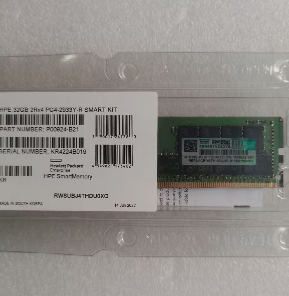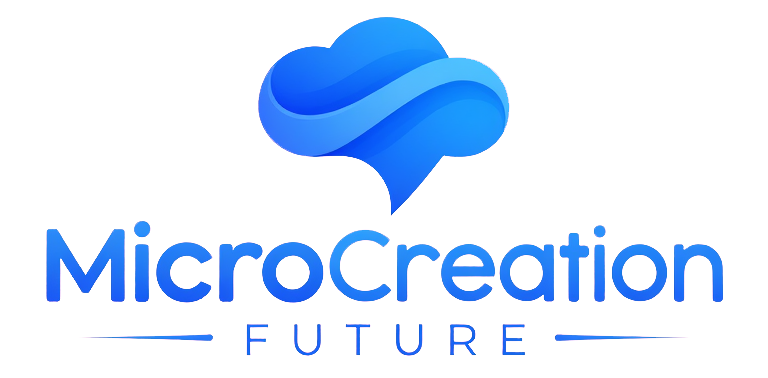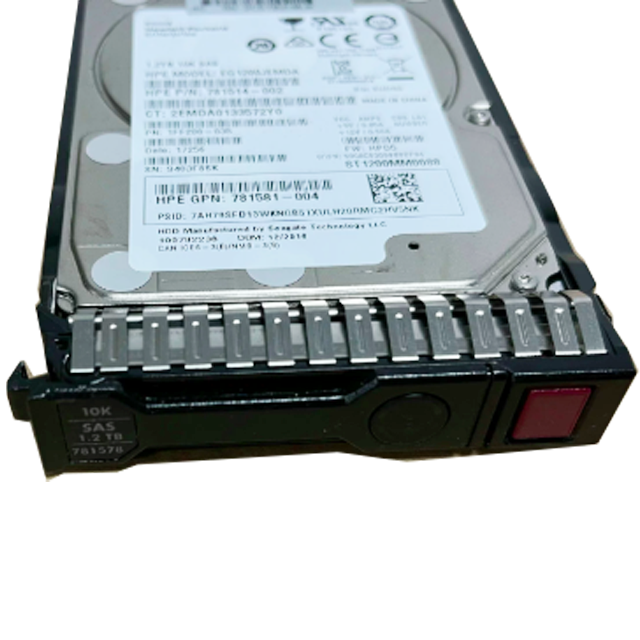Essential Storage Solutions for Modern Enterprise Infrastructure
In today's data-driven world, selecting the right server HDD is crucial for maintaining optimal performance and reliability in enterprise environments. These specialized storage devices serve as the backbone of data centers and business operations worldwide, making their selection a critical decision for IT professionals and system administrators.
Server HDDs differ significantly from consumer-grade drives, offering enhanced durability, superior performance, and specialized features designed for 24/7 operation. Understanding these differences and knowing how to choose the right drive can significantly impact your organization's efficiency and data integrity.

Core Components and Technologies of Server Hard Drives
Advanced Mechanical Design
Server HDD architecture incorporates sophisticated mechanical elements that set them apart from standard desktop drives. These components include enhanced motor shafts, reinforced mounting mechanisms, and specialized firmware optimized for continuous operation. The robust build quality ensures minimal vibration during operation, leading to improved reliability and longer service life.
Modern server HDDs also feature advanced head positioning systems that provide precise data tracking and faster access times. These improvements result in more consistent performance, especially in multi-drive environments where vibration can be a significant concern.
Enterprise-Grade Firmware Features
The firmware in server HDDs includes specialized algorithms for error correction, power management, and performance optimization. These drives often incorporate sophisticated error detection and correction mechanisms that can identify and address potential issues before they lead to data loss.
Additionally, enterprise-grade firmware enables features like command queuing and workload optimization, which help maintain consistent performance under heavy loads. These capabilities are essential for maintaining data integrity and system reliability in mission-critical applications.
Performance Characteristics and Specifications
Speed and Throughput Considerations
When evaluating server HDD performance, several key metrics deserve attention. Rotational speed, typically ranging from 7,200 to 15,000 RPM, directly influences data access times and transfer rates. Higher RPM drives generally offer better performance but may consume more power and generate more heat.
Cache size also plays a crucial role in server HDD performance. Enterprise drives often feature larger cache memories, sometimes exceeding 256MB, which help optimize data access patterns and improve overall system responsiveness.
Reliability and Durability Metrics
Server HDDs are built to deliver exceptional reliability, with Mean Time Between Failures (MTBF) ratings often exceeding 1.5 million hours. These drives undergo rigorous testing and validation processes to ensure they can handle the demands of enterprise environments.
Workload ratings, measured in terabytes written per year, provide insight into a drive's durability. Enterprise-class server HDDs typically support much higher workload rates compared to desktop drives, making them suitable for intensive applications and continuous operation.
Capacity Planning and Configuration Options
Storage Architecture Considerations
Selecting the appropriate server HDD capacity requires careful analysis of current and future storage needs. Modern enterprise drives offer capacities ranging from a few terabytes to 20TB or more. However, bigger isn't always better - factors like backup strategies, redundancy requirements, and performance needs should influence capacity decisions.
The choice between multiple smaller drives or fewer larger ones can impact both performance and reliability. Smaller drives in RAID configurations may offer better performance and redundancy options, while larger drives can simplify management and reduce power consumption.
RAID Implementation Strategies
Server HDDs often operate in RAID configurations, requiring careful consideration of drive characteristics and compatibility. Different RAID levels have varying requirements for drive count and capacity, affecting both cost and performance.
When implementing RAID arrays, it's essential to use drives with similar specifications and ideally from the same manufacturer and model line. This approach ensures consistent performance and simplifies troubleshooting and maintenance procedures.
Maintenance and Optimization Best Practices
Monitoring and Preventive Maintenance
Regular monitoring of server HDD health indicators is crucial for preventing data loss and maintaining optimal performance. Implementation of S.M.A.R.T. monitoring tools can help identify potential issues before they lead to drive failure.
Establishing a proactive maintenance schedule, including regular performance analysis and firmware updates, helps ensure long-term reliability. This approach should include monitoring temperature, vibration levels, and other environmental factors that can impact drive longevity.
Performance Optimization Techniques
Optimizing server HDD performance involves careful attention to configuration settings and operating parameters. Proper alignment of partitions, regular defragmentation (when appropriate), and optimization of file system parameters can significantly impact overall system performance.
Implementation of caching strategies and careful management of workload distribution can help maximize the efficiency of server HDDs while minimizing wear and extending service life.
Future Trends and Technologies
Emerging Storage Technologies
The server HDD landscape continues to evolve with innovations in recording technologies and capacity improvements. Heat-assisted magnetic recording (HAMR) and microwave-assisted magnetic recording (MAMR) technologies promise to push capacity boundaries even further.
Integration of AI-driven predictive maintenance and advanced error correction mechanisms represents the next frontier in server HDD technology, potentially revolutionizing how we approach storage management and reliability.
Industry Developments and Standards
Standardization efforts and industry collaborations are shaping the future of server storage technologies. New interfaces and protocols are being developed to better handle increasing data volumes and performance requirements.
Environmental considerations are also driving innovation, with manufacturers focusing on energy efficiency and sustainable materials in server HDD design and production.
Frequently Asked Questions
What makes server HDDs different from regular desktop hard drives?
Server HDDs are engineered with enterprise-grade components, advanced firmware features, and higher reliability ratings. They're designed for 24/7 operation, offer better vibration tolerance, and typically come with longer warranties and higher workload ratings than desktop drives.
How long do server HDDs typically last?
Server HDDs are designed to last 3-5 years under normal operating conditions, with MTBF ratings often exceeding 1.5 million hours. However, actual lifespan depends on various factors including usage patterns, environmental conditions, and maintenance practices.
Should I mix different server HDD models in a RAID array?
It's generally not recommended to mix different models or manufacturers in RAID arrays. Using identical drives ensures consistent performance, simplifies troubleshooting, and reduces the risk of compatibility issues or unexpected behavior.
What capacity server HDD should I choose for my system?
The ideal capacity depends on your specific needs, including current storage requirements, growth projections, backup strategies, and performance requirements. Consider factors like RAID configuration, redundancy needs, and budget constraints when making this decision.
Table of Contents
- Essential Storage Solutions for Modern Enterprise Infrastructure
- Core Components and Technologies of Server Hard Drives
- Performance Characteristics and Specifications
- Capacity Planning and Configuration Options
- Maintenance and Optimization Best Practices
- Future Trends and Technologies
- Frequently Asked Questions




